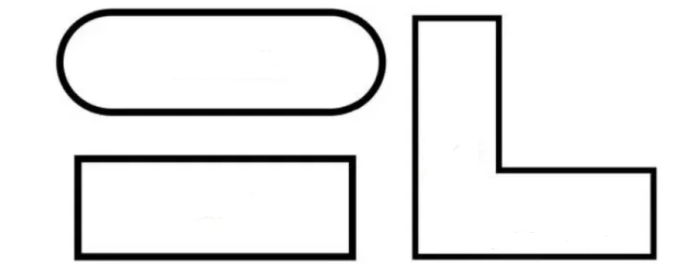

Let’s continue to learn about the various types of holes found on HDI PCB.
1. Slot hole
Slot holes are created by connecting adjacent drilled holes to form a slot-like hole with a certain width, which can be circular, square, L-shaped, or have other shapes, as shown in the pictures below . Slot holes are used to accommodate components or to create specific mechanical features on the PCB.

2. Blind-buried hole
Blind-buried hole, also known as "blind and buried via," are a collective term for blind holes and buried holes. Since both types of holes start with the letter "B" in English, they are abbreviated as BB holes. Blind holes connect the outer layers to internal layers without passing through the entire board, while buried holes are completely enclosed within the layers of the PCB.
3. One-step hole
Laser holes that go from the Top layer to the second layer or from the Bottom layer to the adjacent layer are referred to as first-order via. It's like a step, going from one level to the next, hence the term "first-order via." Considering the symmetrical structure of board production, the laser holes from the Top to the second layer or from the Bottom to the top layer are essentially a type of via.
More kinds of holes will be shown in the next new.